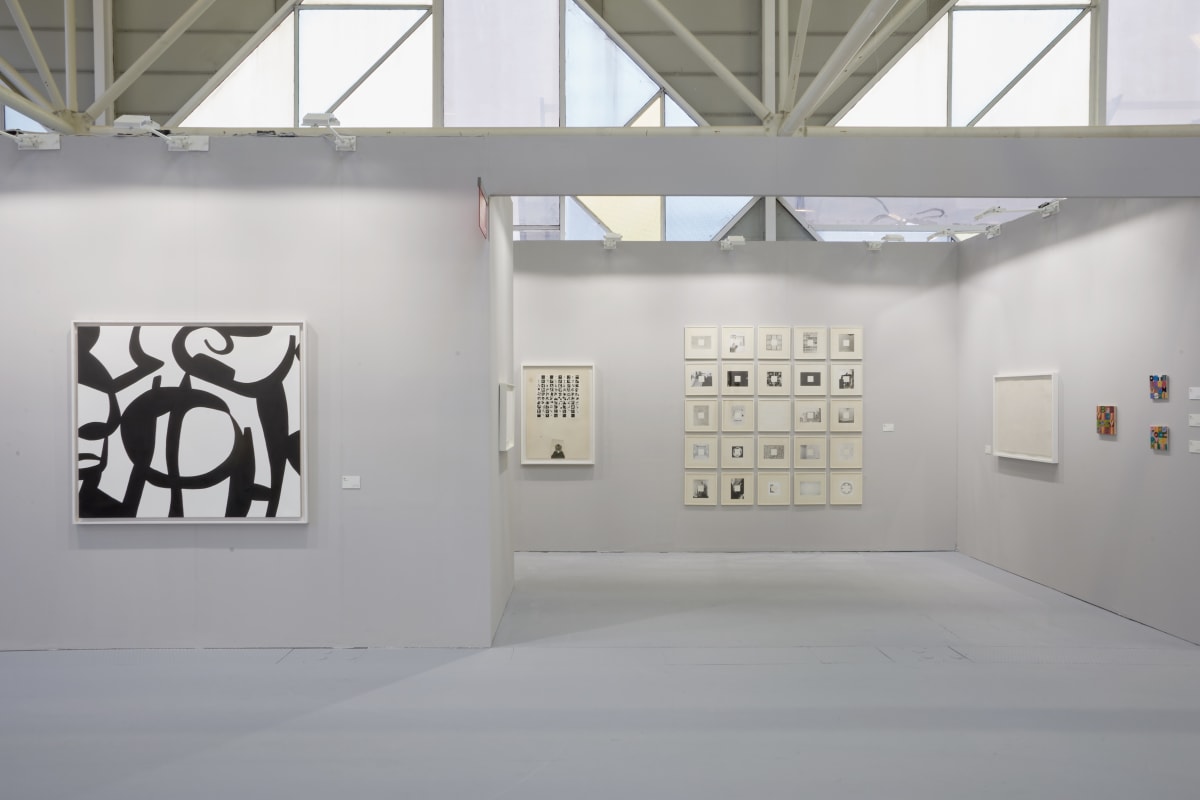Mario Schifano Italian, 1934-1998
Mario Schifano was born in Khoms (Lybia) in 1934, his debuts are in the informal culture with canvases of high material thickness. With works of this kind he inaugurated his first solo exhibition in 1959 at the Appia Antica Gallery in Rome. It is however on the occasion of the 1960 exhibition at the La Salita Gallery in the company of Angeli, Festa, Lo Savio and Uncini, that critics began to take an interest in his work.
Leaving the informal experience behind, painting becomes a “screen”, the starting point, the space of a denied event in which, a few years later, figures, letters and sign fragments of consumer civilization will emerge, such as the brand of the Esso and Coca-Cola . In 1962 Schifano is in the United States; he gets to know Pop Art closely, is impressed by the work of Dine and Kline and exhibits at the Sidney Janis Gallery in New York in the exhibition The New Realists. In 1964 he was invited for the first time to the Venice Biennale. The artist now works by thematic cycles: anemic landscapes, the revisiting of the history of art with works dedicated to Futurism. He is attracted to the images that can be taken from the mass media and therefore the collective assets. At Studio Marconi he presented the feature film Anna Carini seen in August by butterflies in 1967, followed by the trilogy of films made up of Satellite, Human non-human, Transplantation, consumption and death by Franco Brocani. His first cinematic experiences, carried out parallel to the pictorial ones, however, date back to 1964. At the beginning of the seventies Schifano began to bring back isolated television images directly onto emulsified canvas, proposing them again with touches of nitro color in an alienating function. At first it draws a great deal from the material shot for a film never made Human laboratory, then from the patrimony of images that our television stations transmit daily.
In the 1970s and 1980s he participated in important exhibitions: “Vitality of the negative in Italian art 1960-70” and “Contemporary”, both curated by Achille Bonito Oliva; Europe / America, the abstraction determined 1960-76 at the National Gallery of Modern Art in Bologna; Art and criticism 1980, edited by Maurizio Calvesi; Identité italienne by Germano Celant; Italian art in the twentieth century organized by the Royal Academy in London. He was present at the 1982 and 1984 editions of the Venice Biennale. In 1990 the Palazzo delle Esposizioni in Rome, on the occasion of its reopening, dedicated a review entitled Disclosure, with large-format works created for the occasion. In 1996 Schifano pays homage to his auxiliary Muse, that is to television, intended as a continuous flow of images capable of being structured as a true and only totalizing reality of our time. If at the end of the sixties he limited himself to extrapolating individual frames from television programs and projecting them out of context onto the canvas, now, instead, he intervenes on the images pictorially, further changing their meaning.
Mario Schifano died in 1998 in Rome.




